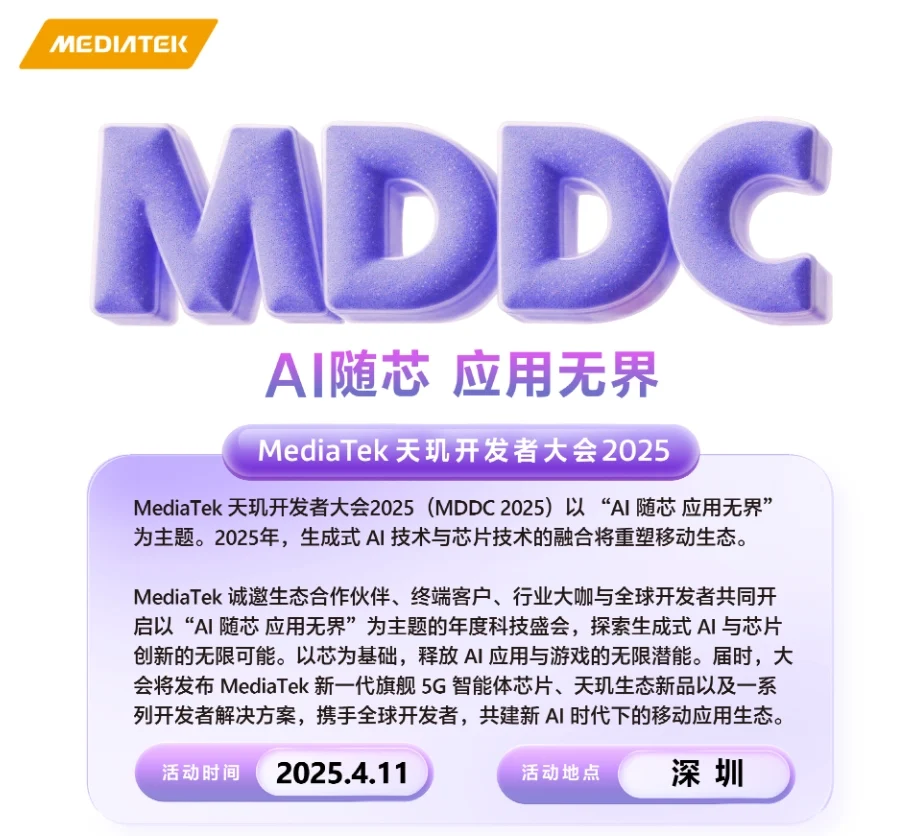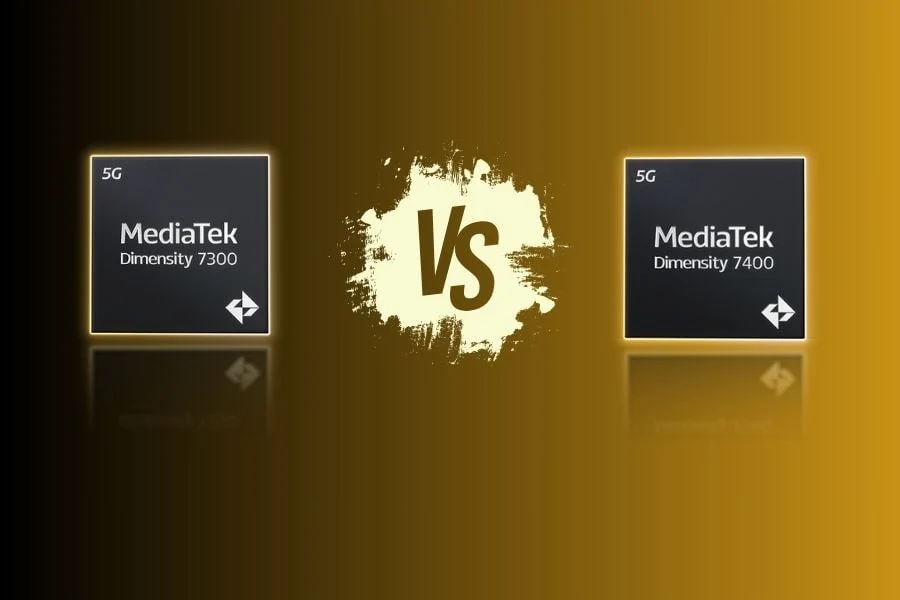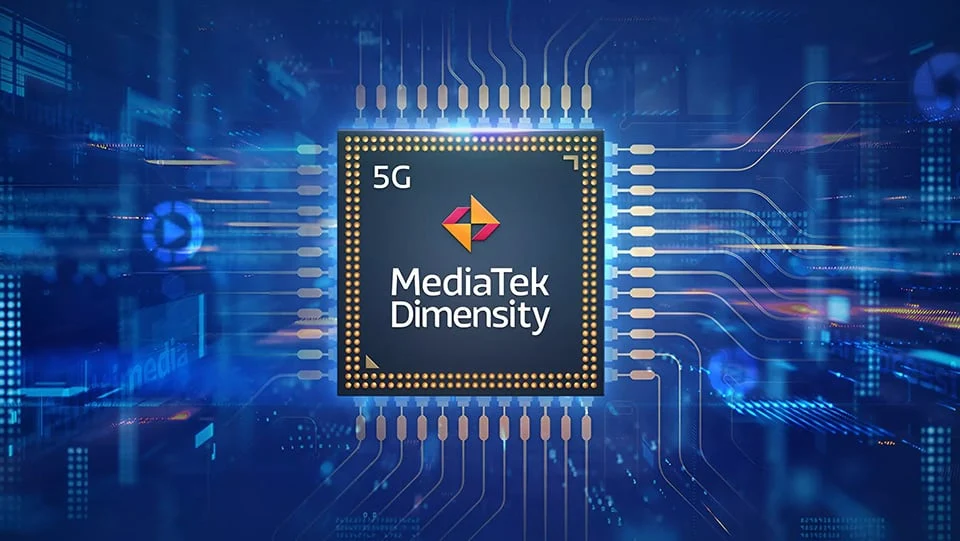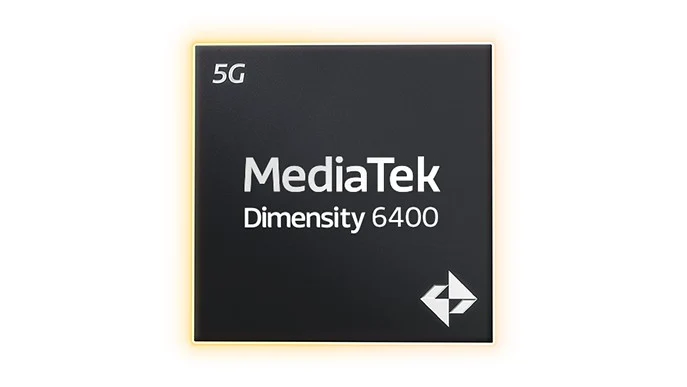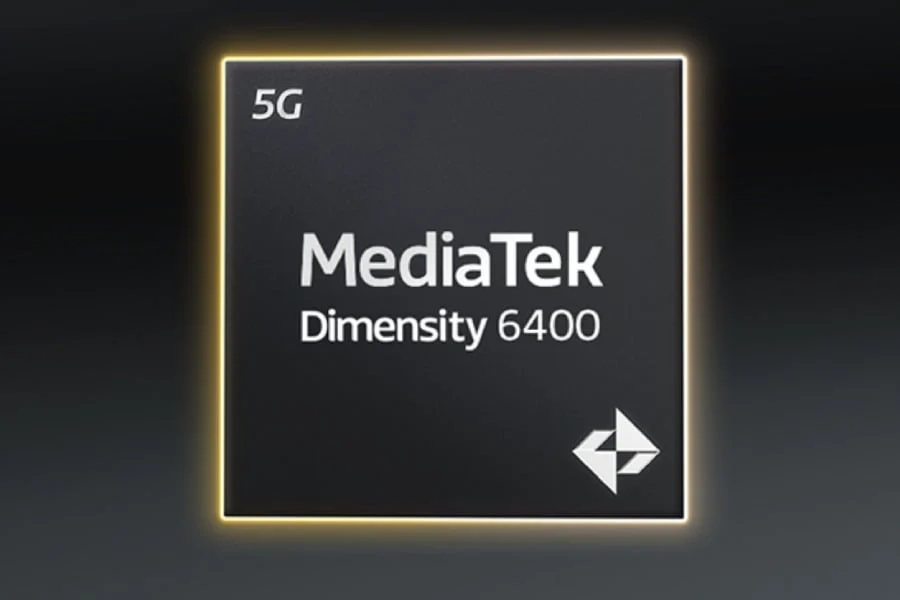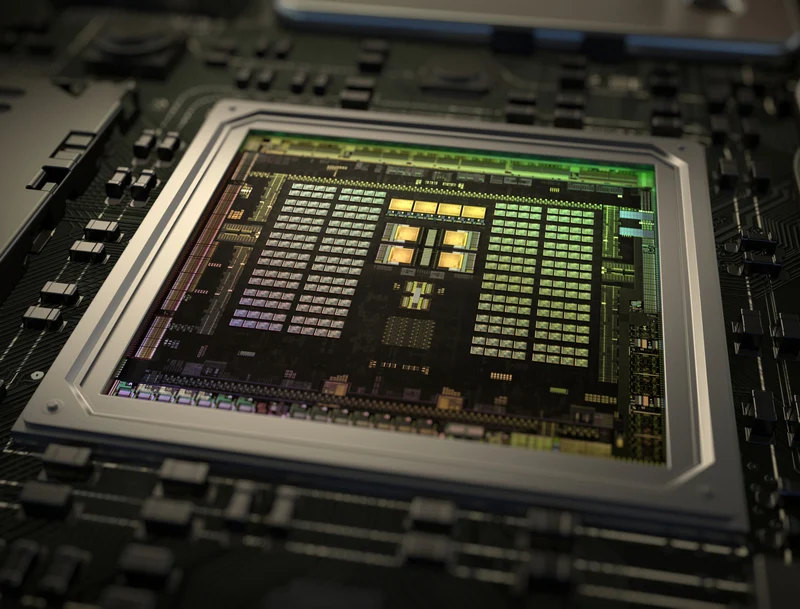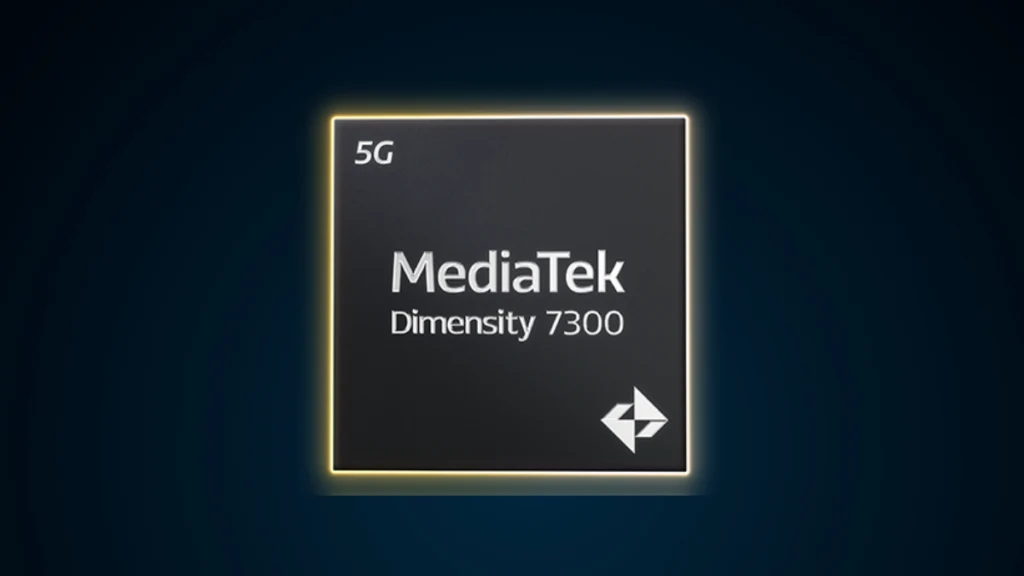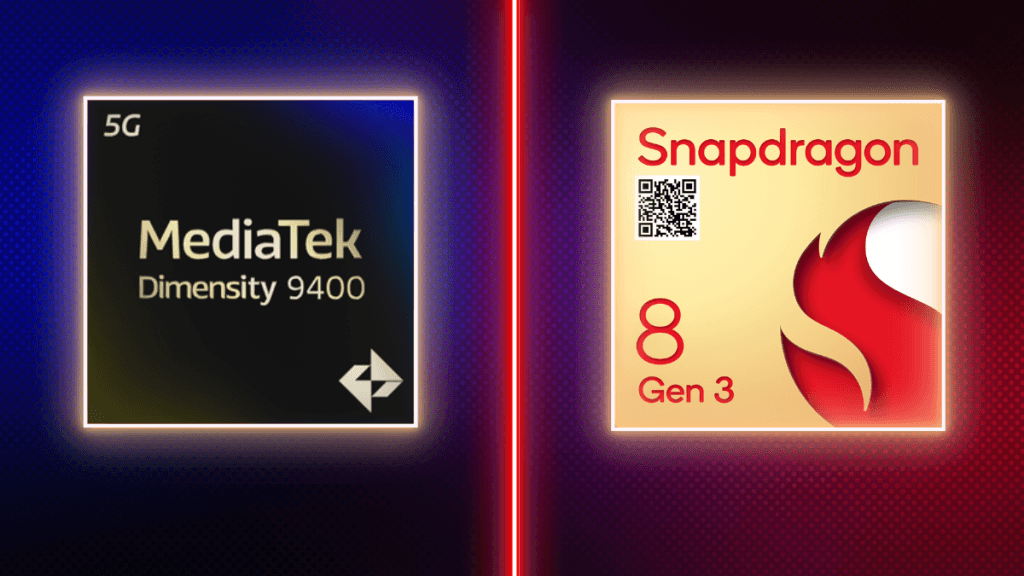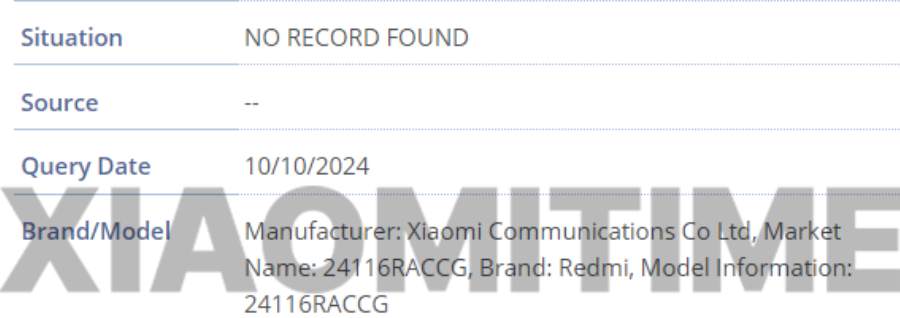Key Takeaways
1. The Dimensity Developer Conference 2025 (MDDC 2025) will take place on April 11 in Shenzhen, China, where MediaTek is expected to unveil the Dimensity 9400+ chip.
2. The Dimensity 9400+ chip features an all-big-core CPU design, including a Cortex-X925 ultra-core running at 3.7GHz for enhanced performance.
3. Several flagship smartphones are rumored to use the Dimensity 9400+, including models from Oppo, Vivo, iQOO, Realme, OnePlus, and Redmi.
4. The Oppo Find X8S, Find X8S+, and Vivo X200S are expected to launch in April, with the iQOO Neo 10S anticipated in May.
5. Xiaomi plans to release the Xiaomi 15T Pro later in the year, likely powered by the Dimensity 9400+ chipset.
MediaTek has made it official that the Dimensity Developer Conference 2025 (MDDC 2025) is set for April 11 in Shenzhen, China. At this event, they will likely unveil the next flagship chip, the Dimensity 9400+, along with some new ecosystem solutions. According to leaker Digital Chat Station, there’s a lineup of smartphones that will run on this enhanced chipset.
Dimensity 9400+ on the Horizon
Mark your calendars for the MDDC on April 11 in China, as MediaTek gears up to reveal the Dimensity 9400+. This chip originally debuted in October 2024 and is built on an all-big-core CPU design. It includes a Cortex-X925 ultra-core running at 3.62GHz, paired with three Cortex-X4 cores at 3.3GHz, and four Cortex-A720 cores clocked at 2.4GHz. The new Dimensity 9400+ is anticipated to be an overclocked version, with the X925 core ramped up to 3.7GHz to enhance overall performance.
Anticipated Smartphones with Dimensity 9400+
According to tipster Digital Chat Station, a number of flagship smartphones are rumored to be equipped with the Dimensity 9400+ chipset. The list includes:
– Oppo Find X8S, Find X8S+
– Vivo X200S
– iQOO Neo series flagship, likely the iQOO Neo 10S Pro
– Realme GT series flagship, potentially the Realme Neo 7 Pro
– OnePlus Ace 5S
– Redmi K80 Ultra
Among these devices, the Find X8S, Find X8S Plus, and Vivo X200S are expected to launch in April in China. The iQOO Neo 10S is anticipated to be announced in May, while the Realme, OnePlus, and Redmi flagships are also expected to release in the first half of the year.
Xiaomi’s Upcoming Flagship
Xiaomi is reportedly planning to introduce the Xiaomi 15T Pro flagship a few months later for the global audience. Just like the Xiaomi 14T Pro, which came with the D9300+ chip, it is likely that the 15T will be powered by the D9400+ SoC.


